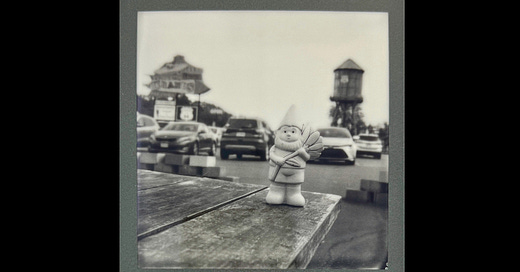I was enroute from my home to the nearby train station on Wednesday morning, the first leg of my daily commute, and my mind shifted to thinking about the first email I would write that day. It would be to a colleague to share that a long-awaited deliverable was near completion—and that it would require several more hours of work, because I was not going to ship a half-assed version out the door.
No, I did not actually write those words because as soon as that version came to mind, my brain went full editor to pull out the essential message — “It’s almost there, with just one more turn to meet our standards and so that we can stand behind the work. It will be worth the wait and you’ll have it later today.” Better!
Then I started to chuckle to myself as my mind traversed down a new path of thought.
What’s the opposite of half-assed, anyway? Is mor…
Keep reading with a 7-day free trial
Subscribe to Do Good by Doing Better to keep reading this post and get 7 days of free access to the full post archives.




